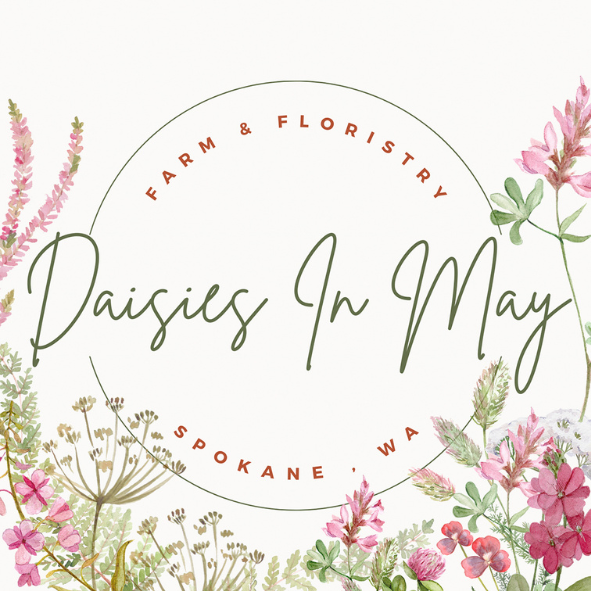Your Guide to a Thriving Garden in Zone 6b: Timing, Tips, and Blooms
Gardening in USDA Zone 6b (hello, eastern Washington and north Idaho!) means we get the best of both worlds—warm enough summers for lush blooms and just enough chill to keep things interesting. If you dream of a garden bursting with color, let’s dig into the details of when to plant, how to protect those delicate seedlings, and how to plan for a showstopping bloom season.
Start Here: Your Zone 6b Growing Calendar
Indoor Seed Starting (Because Patience is Overrated)
Get a head start on the season by sowing seeds indoors. Grab your seed trays, a good-quality seed-starting mix, and a sunny window (or grow lights) around these dates:
8-10 weeks before last frost (Mid-February to Early March):
Delphiniums, Snapdragons, Pansies, Violas (yes, they love the cold!)
Slow-growing perennials like Echinacea and Lavender
6-8 weeks before last frost (Late February to Mid-March):
Tomatoes (because who doesn’t love homegrown tomatoes?)
Peppers, Eggplants, Cosmos, Zinnias, Marigolds
Herbs: Basil, Thyme, Oregano
4-6 weeks before last frost (Mid-March to Early April):
Sunflowers, Sweet Peas, Nasturtiums (they transplant well if careful)
Cucumbers, Squash, Pumpkins (but they prefer direct sowing if possible)
Direct Sowing Outside (aka, Just Toss Those Seeds and Hope for the Best)
Once your garden soil is workable (not frozen or overly soggy), start planting:
As soon as the ground thaws (March-April):
Poppies, Larkspur, Bachelor’s Buttons, Sweet Peas
Lettuce, Spinach, Kale, Radishes
After the last frost (Mid-May, but watch the weather!):
Zinnias, Sunflowers, Cosmos, Marigolds
Beans, Corn, Cucumbers, Squash
When it’s toasty (June-ish):
Heat-loving flowers like Celosia, Amaranth
Basil, Melons, Pumpkins (warm soil helps germination)
Frost Protection: Keeping Tiny Seedlings Alive (Because You Love Them)
Even the toughest plants need a little TLC when spring throws its inevitable cold snaps. Here’s how to prevent a seedling tragedy:
Use row covers or cloches (upturned glass jars or milk jugs work in a pinch) to trap heat.
Mulch with straw around young plants to keep soil temps stable.
Water at the right time—evening watering can lead to freezing; morning watering gives plants time to dry.
Keep an eye on nighttime temps (below 40°F? Cover those babies!)
Watering 101: Don’t Drown Your Darlings
Your plants love water but don’t want to swim. Here’s how to keep them happy:
Seedlings: Keep soil moist (but not soggy) with gentle watering.
Established plants: Deep water 1-2 times a week to encourage strong roots.
Morning watering is best—it helps prevent mildew and gives plants time to dry before night.
Mulch is your best friend! Helps retain moisture and suppress weeds.
When Will They Bloom?
Planning ahead means you can stagger your plantings for continuous color. Look at seed packets for “days to maturity” to estimate bloom time:
Quick bloomers (45-60 days): Calendula, Nasturtiums, Poppies, Marigolds
Moderate growers (60-90 days): Cosmos, Zinnias, Sunflowers, Sweet Peas
Long-haul flowers (90-120+ days): Dahlias, Echinacea, Delphiniums, Lavender
Final Tips for a Stunning Garden
Make friends with compost. It feeds your soil and plants naturally.
Deadhead spent blooms. This keeps flowers producing instead of setting seeds.
Plant in groups. Mass plantings make a bigger impact than single scattered plants.
Enjoy the process! Your garden is a reflection of your love and care—it’s okay if it’s not perfect.
Now, go forth and grow something beautiful! Your garden (and your heart) will thank you. Happy planting!
